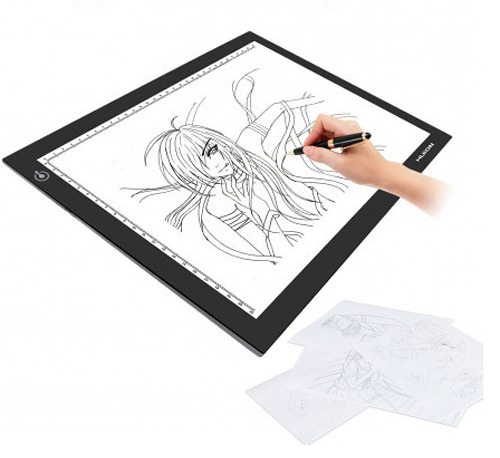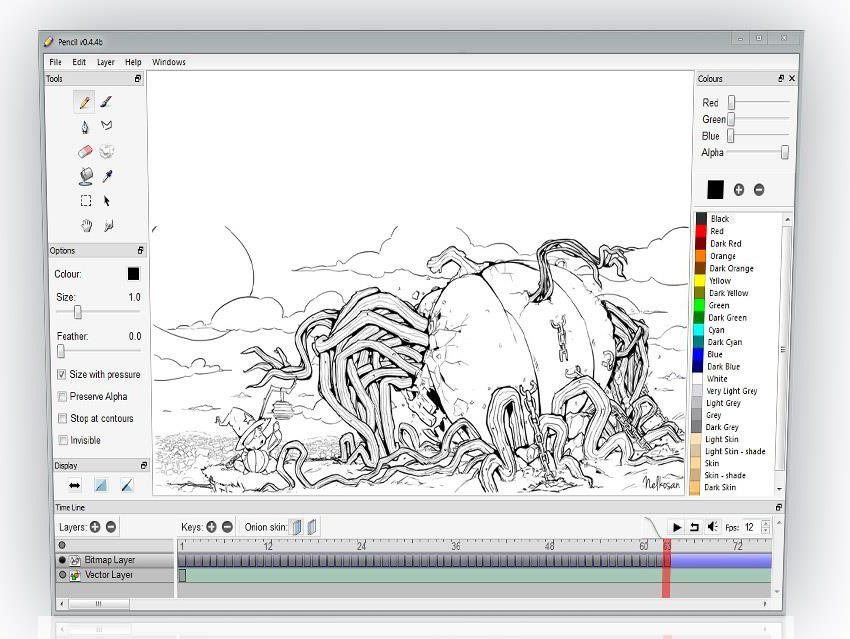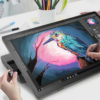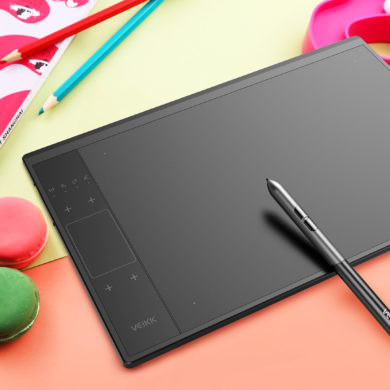So you’ve decided that you’d like to try your hand at animation, but you don’t know where to start. On top of that you don’t have a lot of money to spend on fancy digital equipment and software.
While these things can be very expensive, there are much cheaper alternatives that let you try out animating without too much risk. Whether you want to go the traditional route and draw on paper or go full on digital, this article will show you some great options.
Traditional Tools
If you’re interested in the old fashioned approach, you’ll of course need paper and pencils. Be kind to the environment and look for recycled paper.
A light table or box of some kind is also of utmost importance. This lets you see your previous drawing when you’re making a sequence of images. You can make your own, but I recommend a basic light box.

These are typically used to trace artwork but they work for animation too, especially when you’re just starting out. You can find them online and they are pretty cheap. I’ve used this one and I find it works pretty well.
You’ll also need some way to create images of your drawings and stitch them together. The original approach to this is to use a camera, but that can be expensive and without some kind of mount or tripod it will be hard to keep the angle and size of your images consistent and accurate.
A scanner solves those issues and produces high resolution images of your drawings. Just make sure they are oriented the right way after scanning.
Once you have images of your drawings, you’ll need a program to make an image sequence out of them. All kinds of video editing and animation programs can do this. I recommend Pencil 2D because it is free, and simple to use.
If you are interested in learning more about making image sequences with Pencil 2D, check out my course that covers this in detail and teaches you the basics of the program.
Digital Tools
When it comes to digital animation, having some kind of drawing tablet or pen enabled screen is pretty much a necessity. You could use your mouse, but you’ll end up hating yourself if you try to do that.
There are cheap tablets out there, as well as insanely expensive ones. Anything with a screen is going to be pricier, but if you can get by without one you can save a lot of money. If you already have a device like an iPad, Samsung Galaxy Tab or Surface Pro you can use those. If you want to check some of the best affordable options, you can read this article.
Finding desktop animation software that is cheap as well as easy to use can be hard, but it does exist. I already mentioned Pencil 2D because of the price (free!) and it won’t bog you down with a bunch of menus and options.

Other options for desktop programs, ordered by ease of use and cost effectiveness:
Krita (free)
Synfig Studio (free)
Photoshop ($20 per month)
Digicel Flipbook $20
Adobe Animate ($20 per month)
Open Toonz (free)
Clip Studio Paint ($50 or $220 depending on version)
Moho Debut 12 ($70)
This is just a partial list, omitting some of the more complex and/or expensive programs. A full list of desktop animation programs can be found here.
There are more options for mobile devices and these tend to be pretty cheap and not too complex. Options include:
TV Paint (Android)
Animation Desk (iOS and Android)
RoughAnimator (iOS and Android)
You may also want to use a video editor to put together different shots and add titles.
That’s pretty much what you need to get started. If you want to learn more, our ever expanding tips and tricks section is a good place to start, as well as our courses. Happy animating!


